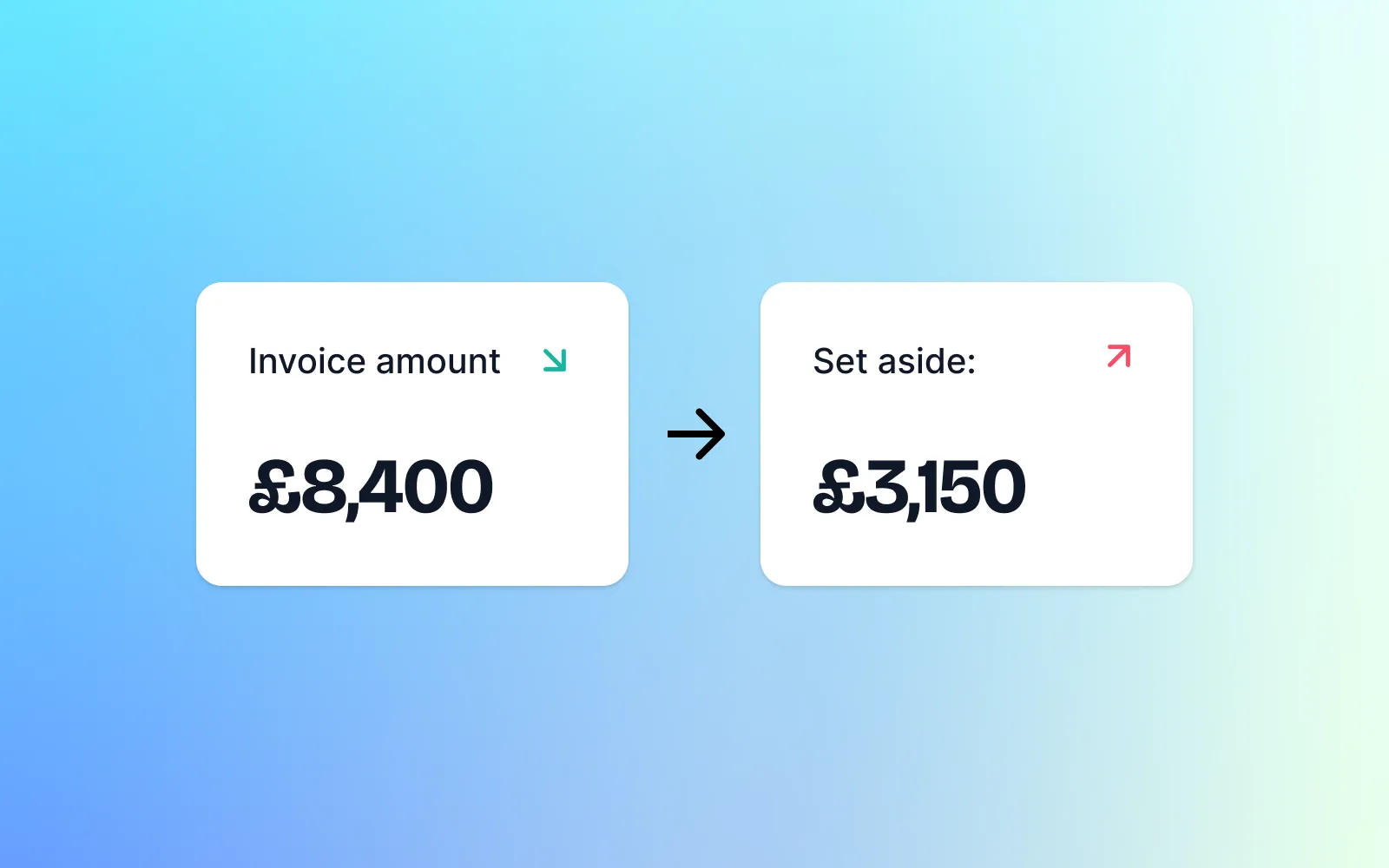
Have you ever noticed how your attention immediately locks onto content that's personalised for you? That's not coincidence—it's psychology in action. The self-reference effect is transforming how successful businesses design digital experiences, and implementing it correctly could be the key to your product's success.
What Exactly Is the Self-Reference Effect?
The self-reference effect is our brain's natural tendency to pay more attention to and better remember information that relates to us personally. Research shows we process self-relevant information more deeply, creating stronger neural connections and significantly improving recall.
Simply put: when something feels like it's about you, you're more likely to notice it, engage with it, and remember it.
This isn't mere vanity—it's evolutionary psychology at work. Our brains prioritise information relevant to our survival, needs, and experiences, making personally relevant content neurologically "sticky."
How Leading Tech Companies Leverage This Psychological Principle
The world's most successful digital products don't just understand the self-reference effect—they've built entire business models around it:
Spotify's "Discover Weekly"
This isn't random music—it's a personalised gift curated specifically for you based on your unique listening history. The self-reference effect explains why these playlists feel so special and keep 108 million premium subscribers coming back weekly.
Google's Ad Personalisation
When you search for "best trainers for running" and subsequently see Nike Air Zoom advertisements, that's the self-reference effect making those ads feel unnervingly relevant to your specific needs and interests.
Facebook's "On This Day"
By surfacing memories from your personal history, Facebook creates nostalgic experiences that feel uniquely meaningful, driving deeper emotional connections with the platform.
Netflix's Recommendation Engine
The "Because you watched..." feature doesn't just suggest content—it explicitly frames recommendations as personally relevant to your viewing history, making you more likely to engage.
Why the Self-Reference Effect Matters for Your Digital Products
The psychological impact of self-referential content delivers measurable business outcomes:
Higher adoption rates: Users are 26% more likely to try features that appear tailored to their specific needs
Increased engagement: Personalised content receives 2.5x more interactions than generic alternatives
Improved retention: Products leveraging personalisation report 23% better user retention rates
Stronger emotional connections: Users develop deeper brand loyalty when they feel understood
7 Practical Ways to Implement the Self-Reference Effect
1. Go Beyond the Name Game
While addressing users by name is a start, effective personalisation requires deeper data points:
Tailor content based on past behaviour patterns
Reference specific actions they've taken
Acknowledge their unique preferences or settings
2. Segment and Conquer
Different user personas require different experiences:
Create specific journeys for each ideal customer profile (ICP)
Adapt interfaces based on identified user types
Tailor messaging to address specific user motivations
3. Make It Contextual
Consider when and where users interact with your product:
Adapt experiences based on time of day, location, or device
Modify interfaces for different use contexts (work vs leisure)
Acknowledge situational factors in messaging
4. Leverage User History
Create continuity across interactions:
Welcome returning users with progress updates
Reference previous actions or achievements
Build upon established preferences or behaviours
5. Encourage Self-Expression
Give users opportunities to customise and invest:
Provide meaningful personalisation options
Collect preference data through engaging interactions
Allow users to build personal profiles or spaces
6. Use the Power of Reflection
Help users understand themselves better:
Provide insights about their own usage patterns
Celebrate meaningful milestones and streaks
Compare their activity to previous periods
7. Create "Aha!" Moments
Anticipate needs before they're expressed:
Pre-emptively solve common problems
Suggest next steps based on observed behaviour
Provide timely recommendations that feel intuitive
Combining the Self-Reference Effect with the Peak-End Rule
The peak-end rule suggests people judge experiences based primarily on how they felt at the most intense point and at the conclusion, rather than the average of every moment.
When combined with the self-reference effect, this creates a powerful framework:
Create Personalised Peak Moments
Design standout experiences that feel individually tailored:
Surprise users with unexpectedly relevant recommendations
Deliver personalised achievements at key milestones
Create "wow" moments that demonstrate deep understanding
End on a Personal High Note
Ensure final interactions leave users feeling positive about themselves:
Acknowledge specific accomplishments before exit
Provide personalised summaries of session achievements
Suggest personally relevant next steps for their return
Celebrate Individual Milestones
Acknowledge achievements in ways that feel specific to each user's journey:
Recognise unique usage patterns or accomplishments
Reference personal improvement over time
Connect achievements to individual goals or preferences
Key Takeaways: Making Digital Products Human-Centred
In today's increasingly digital landscape, products that create human connections stand out. The self-reference effect reminds us that behind every user interaction is a person with unique needs and experiences.
When designing your next feature or planning user journeys, ask yourself: How can I make this feel more relevant to the individual using it?
By creating moments that speak directly to users' personal experiences:
You'll build products that users remember
Create experiences they genuinely value
Develop digital relationships that endure
In the competitive world of digital products, this personal touch isn't just good psychology—it's good business.
FAQ: Understanding the Self-Reference Effect
Why is personalisation more effective than generic content?
When content relates to us personally, we process it more deeply. Our brains connect it to existing knowledge about ourselves, creating stronger neural pathways that make the information more memorable and engaging.
How can small businesses implement the self-reference effect with limited resources?
Even with limited data, you can implement basic personalisation. Start by addressing users by name, acknowledging their history with your product, and creating customisable experiences. Focus on quality of personalisation rather than quantity.
Is there a risk of making users uncomfortable with too much personalisation?
Yes—there's a fine line between helpful personalisation and invasive tracking. Be transparent about data usage, focus on information freely provided, and ensure personalisation adds genuine value rather than simply demonstrating what you know about users.
How can I measure the effectiveness of self-reference implementations?
Track metrics like engagement rates, time spent, retention statistics, and conversion rates before and after implementing personalisation features. A/B testing different levels of personalisation can help identify the optimal approach for your specific audience.




